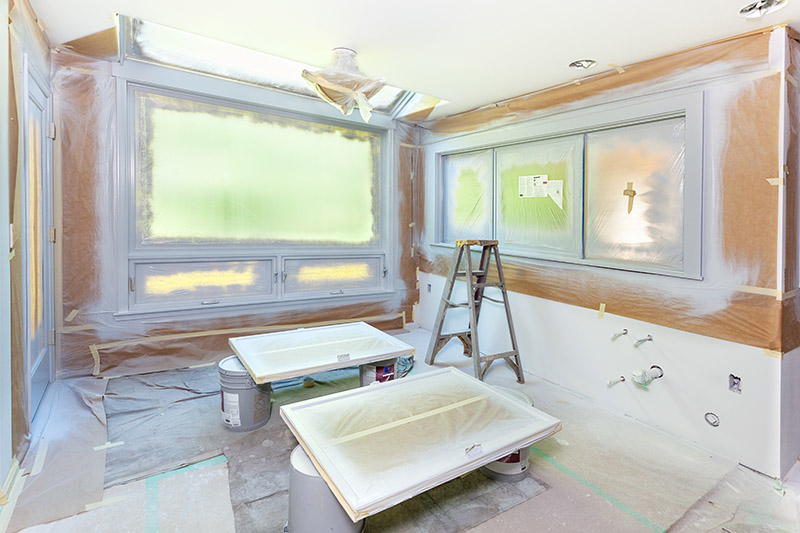
Rehab Loans
What is a Rehab Loan?
A Rehab Loan, often referred to as a Renovation Loan or FHA 203(k) Loan, is designed for buyers who want to purchase a property and finance the cost of necessary repairs or improvements in a single mortgage. Instead of taking out separate loans for the purchase and renovation, borrowers can roll both costs into one convenient loan.
Benefits of a Rehab Loan
- Finance both the purchase price and renovation costs in one loan.
- Improve the livability, safety, and value of the home.
- Ideal for buyers looking at fixer-uppers with great potential.
- Options for both small cosmetic updates and major structural repairs.
- Build equity quickly by increasing the property’s value through upgrades.
Types of Rehab Loans
- FHA 203(k) Standard Loan: For major renovations such as structural changes, room additions, or complete remodels.
- FHA 203(k) Limited Loan: For smaller projects (up to $35,000 in repairs) like painting, flooring, or minor updates.
- Fannie Mae HomeStyle Renovation Loan: Allows financing for renovations on primary homes, second homes, or investment properties.
Who Should Consider a Rehab Loan?
- Buyers who’ve found a home that needs improvements before moving in.
- Homeowners who want to update or expand their existing property.
- Investors or buyers interested in undervalued homes needing repairs.
- Anyone who prefers one loan instead of managing multiple loans or credit lines.
Eligibility
Eligibility requirements vary by loan type (FHA vs. Fannie Mae), but generally include minimum credit scores, debt-to-income ratios, and project feasibility. The property must meet certain guidelines, and renovations must be overseen by licensed contractors.
Is It Right for You?
If you’re interested in buying a fixer-upper or upgrading your current home, and you’d prefer to finance the improvements into your mortgage, a Rehab Loan could be the right choice.
Qualify
Borrowers qualify based on standard mortgage requirements (credit, income, DTI) as well as the scope and cost of the renovation project. Lenders will require detailed renovation plans, contractor bids, and appraisals.
Key Requirements
- Licensed contractor bids and plans.
- Minimum down payment (3.5% for FHA 203(k), 5% for Fannie Mae HomeStyle).
- Renovations must be completed within a set timeframe (usually 6–12 months).
- Property must meet appraisal requirements after renovations.
Types of Income
- W-2 or salaried income.
- Self-employment or 1099 income with documentation.
- Rental income may be considered in some cases (e.g., multi-family properties).
Documents Needed
- Standard mortgage application.
- Contractor bids and detailed repair plans.
- Appraisal including “as-completed” value.
- Bank statements, tax returns, and income verification.
Advantages Over Other Loan Types
- One loan instead of two (purchase + renovation).
- Lower interest rates compared to personal loans or credit cards.
- FHA programs offer lower down payment options.
- Increases property value and builds equity faster.
Considerations
- Renovation funds are released in draws, not all at once.
- Work must be completed by licensed contractors (DIY typically not allowed).
- Additional paperwork and oversight compared to a standard mortgage.
- FHA 203(k) loans require mortgage insurance premiums.
FAQ
Q: Can I use a rehab loan for luxury upgrades (like a pool)?
A: FHA 203(k) loans generally do not allow luxury improvements, but Fannie Mae HomeStyle loans may.
Q: How long do I have to complete the renovations?
A: Most programs require renovations to be completed within 6–12 months.
Q: Do I need to use a licensed contractor?
A: Yes, most rehab loan programs require licensed and approved contractors for all work.
Q: Can I refinance into a rehab loan?
A: Yes, renovation loans can sometimes be used for refinancing in addition to purchase.
Get started today!
Fill out the questionnaire on this page to start a discussion about your mortgage needs today!

